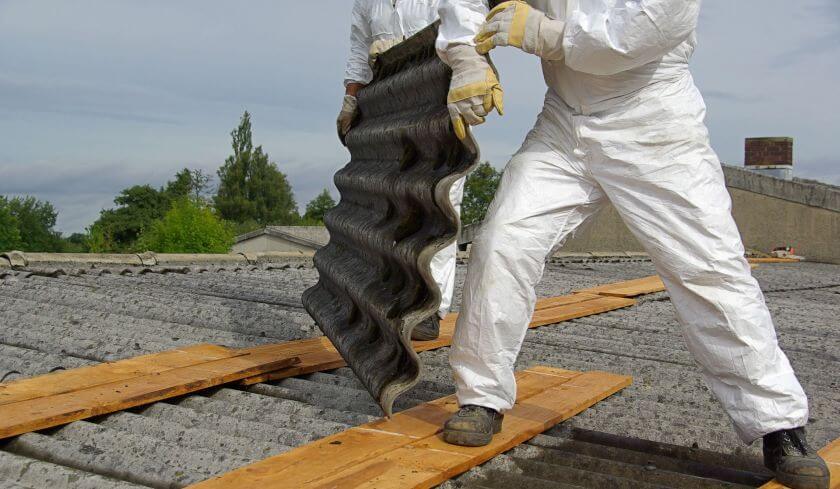How to avoid health damages caused by asbestos fibres
Asbestos-containing materials are generally safe to use until it releases dust or fibers, which could be inhaled or ingested and cause health problems such as asbestosis, lung cancer, and mesothelioma.

Studies show that domestic exposure has been one of the main drivers of the growing number of Australians inflicted with asbestos-related diseases.
To continue reading the rest of this article, please log in.
Create free account to get unlimited news articles and more!
These diseases often take around 10 to 40 years to emerge, and by then, it has already become debilitating or even terminal.
In fact, the Medical Journal of Australia found out that around 600 people in the country are diagnosed with mesothelioma every year—the highest rate of recorded cases globally—and it is only expected to rise to 900 by 2020.
Despite the statistics, many homeowners are still constantly exposed to asbestos, especially if they decide to renovate their home.
Asbestos-containing materials are deemed safe when left untouched or intact. Renovators or homeowners who are exposed to airborne fibers are often most exposed to the risk of acquiring asbestos-related diseases.
Here are some ways to manage the risk and protect yourself and your family from illnesses caused by asbestos fibers:
1. Remember: Most properties built before 1989 are likely to have used asbestos-containing materials. Identify the home features that contain asbestos and leave it undisturbed.
Mining asbestos has been stopped in 1985 and the use of it in building products has been banned in 1989.
For older properties, seek the help of property professionals in order to identify the suspected presence of asbestos.
Some products that may contain asbestos include fibro sheeting, insulation, ceilings, glues, floor tiles, oven seals, imitation brick cladding, eaves linings, flues, pipe lagging, carpet backing, and ironing board covers, among others.
The age of the house and the types of products used are among the factors to consider when checking for asbestos presence.
Once identified, avoid removing, cutting, drilling, scraping or high-pressure washing to avoid the release of dust and fibers.
2. Engage a licensed asbestos removal company to test materials and remove the products containing asbestos.
For testing materials, you can either engage a professional or buy a DIY Asbestos Test Kit for around $40 to take the sample for yourself and send it to a laboratory for testing.
However, for the removal of asbestos-containing products, it would be best to have it done by licensed companies to avoid harmful exposure and heightened risk.
While this could mean an additional cost, it's a far cheaper option than paying with your life 40 years down the track.


